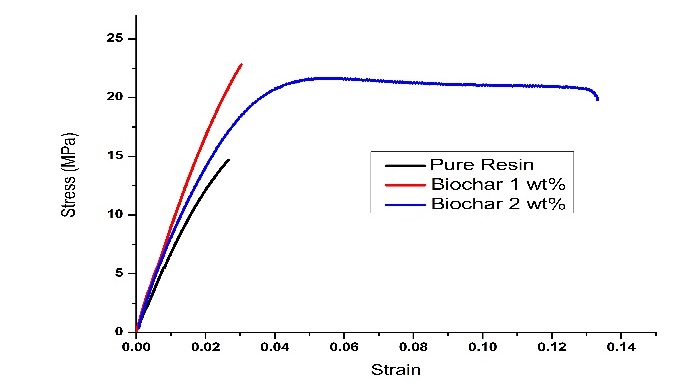
Alberto Tagliaferro
Politecnico Torino, Italy
Title: Biochar as a green filler improving polymer composite properties
Biography
Biography: Alberto Tagliaferro
Abstract
Ever since the early days of polymers scientists and technologists have been exploring routes aimed to improve the intrinsic properties of polymers. The most explored has been the addition of fillers that can improve and tailor the composite properties.
Statement of the Problem: In recent years nanostructured fillers have attracted a lot of interest because of their characteristics. Among them carbon nanotubes and graphene were of special interest because of their understanding properties, partly due to their geometry and partly to the fact they are made of carbon. The drawbacks are their cost, the challenge of achieving a uniform dispersion in the matrix and the health related issues. To overcome these drawbacks we investigate a carbon produced from green sources as a filler: biochar.
Methodology & Theoretical Orientation: different concdentration of the biochar were dispersed as filler in an epoxy resin and samples for mechanical and microwave absorption investigation were prepared.
Findings: The addition of a few wt% of biochar to the resin led to remarkable improvements in mechanical properties of the composites such as: (i) transition from fragile to ductile behaviour (ii) increase in Young modulus (iii) large increase in resilience (iv) huge increase in toughness, ... As per microwave absorption properties it was shown that with an easy to dispers amount of biochar it is possible to match the characteristics obtained by adding a few wt% of CNT.
Conclusion & Significance: It is shown that a cheap green carbon material (i.e. biochar) can be used as a substitute for CNTs as fara as mechanical properties and complex permittivity in the microwave frequency range of polymer composites are concerned. This opens new perspective to application in composites as most of the drawbacks of CNT and graphene are overcome.


